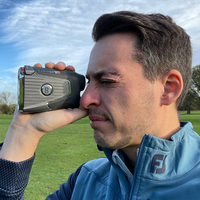Best Ping Irons 2024
We take a look at the best Ping irons on the market, which features everything from workable players’ irons to forgiving, game-improvement clubs


Best Ping Irons: Quick Menu
1. The list in brief
2. Top pick
3. Best for low handicaps
4. Best for wide range
5. Best looking
6. Best players cavity
7. Best for top players
8. Best blade
9. Best for women
10. How we test
11. How to choose
12. FAQs
When it comes to selecting your next set of golf irons, it is crucial that you find a set that will give you the maximum amount of performance out on the golf course. Some will increase your distance, while some will help your consistency but, as they are the most expensive investment in the golf bag, it's important you find the right ones.
One company known for its irons is Ping, a brand that knows a thing or two about consistent, user-friendly irons. The best golf irons from Ping cover all types of player and levels of ability. From compact blades like the Blueprint irons, all the way down to the game improvement G430, Ping is definitely a brand to consider when looking at purchasing a new set of irons.
Below, we have run through the best Ping irons on the market. However, if Ping is not for you, check out our guides on the best Titleist irons, best Callaway irons, best Mizuno irons or the best TaylorMade irons too. Whatever you are looking for, we've got you covered.
The Quick List

The G430 iron adds extra distance without compromising forgiveness or consistency. The feel is solid, lively and approach shots seem easier to execute.

The i230 is an iron that can hit all the shots with a high margin for error given its compact size. Produces a stable feel with good distance and stopping power for competent players.
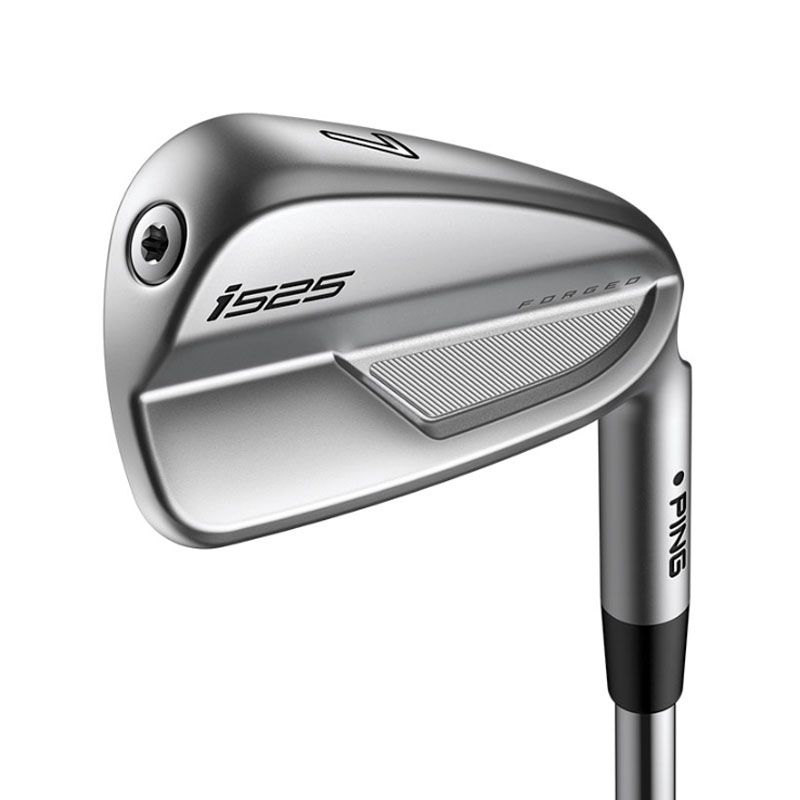
The i525 offers a lively feel and greater margin for error on mishits as well as a slight increase in distance. As such it will suit a very wide range of players.

Ping has created a faster feeling and more playable better player iron that delivers improved consistency across the face that in testing produced more accurate approach shots.

An excellent offering in the low handicap, players' cavity space. The compact head and minimal offset will appeal to the purist and the solidity of strike is unquestionable. Shelf appeal could arguably be improved, but the performance is everything we'd hoped for.

The Ping Blueprints are one of the best-looking and feeling bladed irons on the market. Competent players will enjoy being able to manipulate the flight and the premium feel.
Load next 2 models

A modern twist on a classic forged blade. Ping has delivered a quite stunning aesthetic here, with these clubheads as clean and crisp as any we've seen. What's more, the new shaping frames the ball beautifully at address and the performance is as strong as the looks with exceptional feel and genuine workability.

Players with a slow to moderate swing speed can’t go wrong with this super forgiving set of irons that are not only easy on the eye, but effortless to swing consistently.
Best Ping Irons
Why you can trust Golf Monthly
Top pick
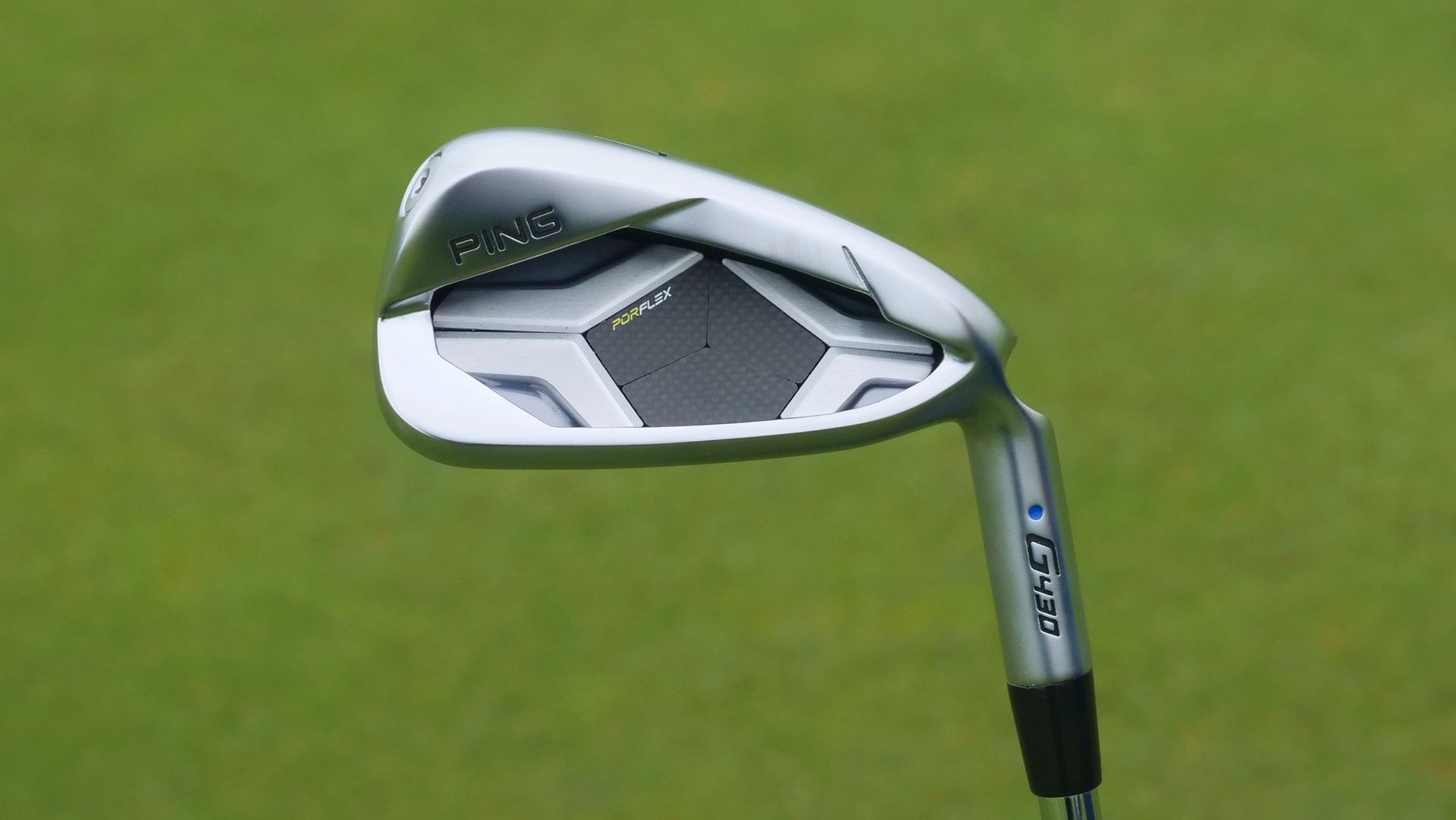
Reasons to buy
Reasons to avoid
The G430 has been billed by the brand as being ‘distance competitive, scoring uncompromised’. How does it achieve this, you may ask? Well, thanks to multiple design changes, as well as some alterations in the set, the G430 is even longer and more playable than its predecessor, while providing multiple build options for golfers to get the right configuration for them.
Aesthetically, the shape hasn’t really changed, but Ping have introduced an extra one degree of bounce on the sole which not only helps to lower the centre of gravity, but also provides a little more insurance on those extreme misses where the club makes contacts with the ground too early.
- Read our full Ping G430 Iron Review
Best for low handicaps

Reasons to buy
Reasons to avoid
Perhaps the most complete iron for any low-handicap player, the Ping i230 is a reliable, versatile iron that can strike all the right shots while delivering an extremely low margin for error given its compact shape. Tour pros including Stewart Cink and Tyrrell Hatton use the i230 irons, and if that's anything to go by, then if you're a scratch golfer you should also take a look at these high-performance clubs.
At the address, these clubs boast a very slim profile that will appeal to the eye of the better player and improve your club delivery. The 431 stainless steel body, tungsten toe screw, shaft tip weight and concealed elastomer help the club to deliver a muscle style look, that helps players zip the ball off the clubface. While it looks incredible, the iron also feels great too, combining a lively, stable feel with a muted sound. Even poor swings felt responsive through the turf. Distance is plenty and I loved the trajectory these irons offered. In truth, it was hard to find flaws in these irons which are one of the best irons for low handicappers.
- Read our full Ping i230 Iron Review
Best for wide range
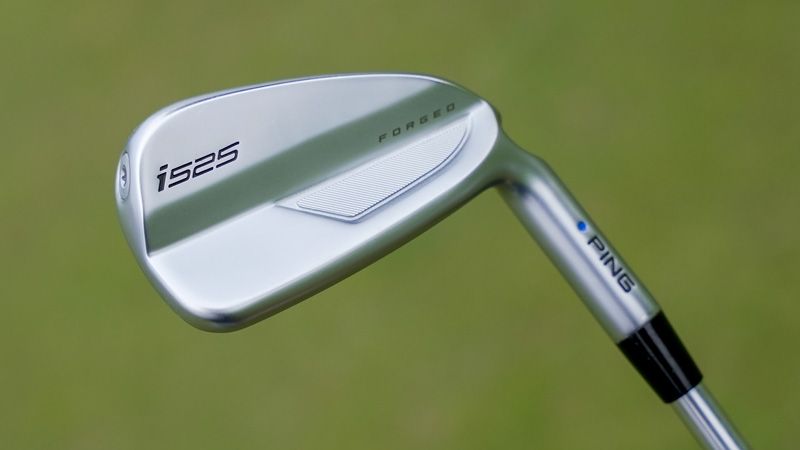

Reasons to buy
Reasons to avoid
The i525 iron, which replaces the i500, occupies the space between the G425 iron and the old i210 as a hollow, distance-orientated iron in a slimline chassis. In i525 this theme continues but Ping claims that changes inside the head should elevate the distance, forgiveness and feel to new heights. Notably, there are tungsten toe and hosel weights, a new maraging steel face for ball speed, four extra grooves to minimize fliers from the rough and an EVA polymer inside the head to provide a softer feel.
But how did the iron test and how did it compare to the i500? Well looks wise it is very similar, aside from down by the ball because the extra grooves are noticeable. The topline is definitely thinner than on i500 and the hitting area looks a fraction larger while the overall shape looks similar.
When hitting I also felt the i525 did raise the bar slightly when it came to feel off the face and forgiveness. It may be one of the best mid-handicap irons out there, but it’s built for speed and power too. For those seeking a classic looking club with modern performance, this could be the iron for you.
- Read our full Ping i525 Irons Review
Best looking

Reasons to buy
Reasons to avoid
The i59 replaces the iBlade and the design has evolved significantly - we’re now seeing a hollow head with an aluminum core that improves feel and moves more weight to the edges for added forgiveness. With the i59, Ping has created a faster feeling and more playable better player iron over iBlade that delivers improved consistency across the face that in testing produced more accurate approach shots. Shot making is still encouraged with a greater margin for error that will be received by all.
Down at address you instantly notice the new groove configuration - there are four more grooves on i59 versus iBlade more tightly spaced - and the shorter white bottom groove frames the ball well and narrows your focus on the strike. Off the face, the i59 feels more springy and solid than the iBlade but does have a slightly louder, more pingy sound to it too versus the softer thud of iBlade. I also enjoyed the stability, forgiveness and user friendliness of the iron as well.
- Read our full Ping i59 Iron Review
Best players cavity

Reasons to buy
Reasons to avoid
The Blueprint S is a compact profile, minimal offset, players' cavity iron that is pitched towards the low handicap market and has even seen some early success on the professional tours with Louis Oosthuizen capturing the Alfred Dunhill Championship using them.
In terms of the looks down behind the ball, Ping has done an excellent job. The dimensions are just about spot on and will really appeal to players who have gamed blades over the years. The top line is nice and thin, with the blade length compact without being intimidating. They really frame the ball beautifully and, importantly, the offset is very minimal, although it does appear to increase gradually as you head up into the longer irons.
In terms of the performance, we really cannot fault these irons and, when it comes to strike, they are perhaps on the firmer end of the spectrum. Notably, imperfect strikes are certainly flagged up from a feel perspective, but again, this is a plus for us, as better players tend to crave this feedback as long as it isn’t punished too harshly in performance - which it isn't.
- Read our full Ping Blueprint S Iron Review
Best for top players
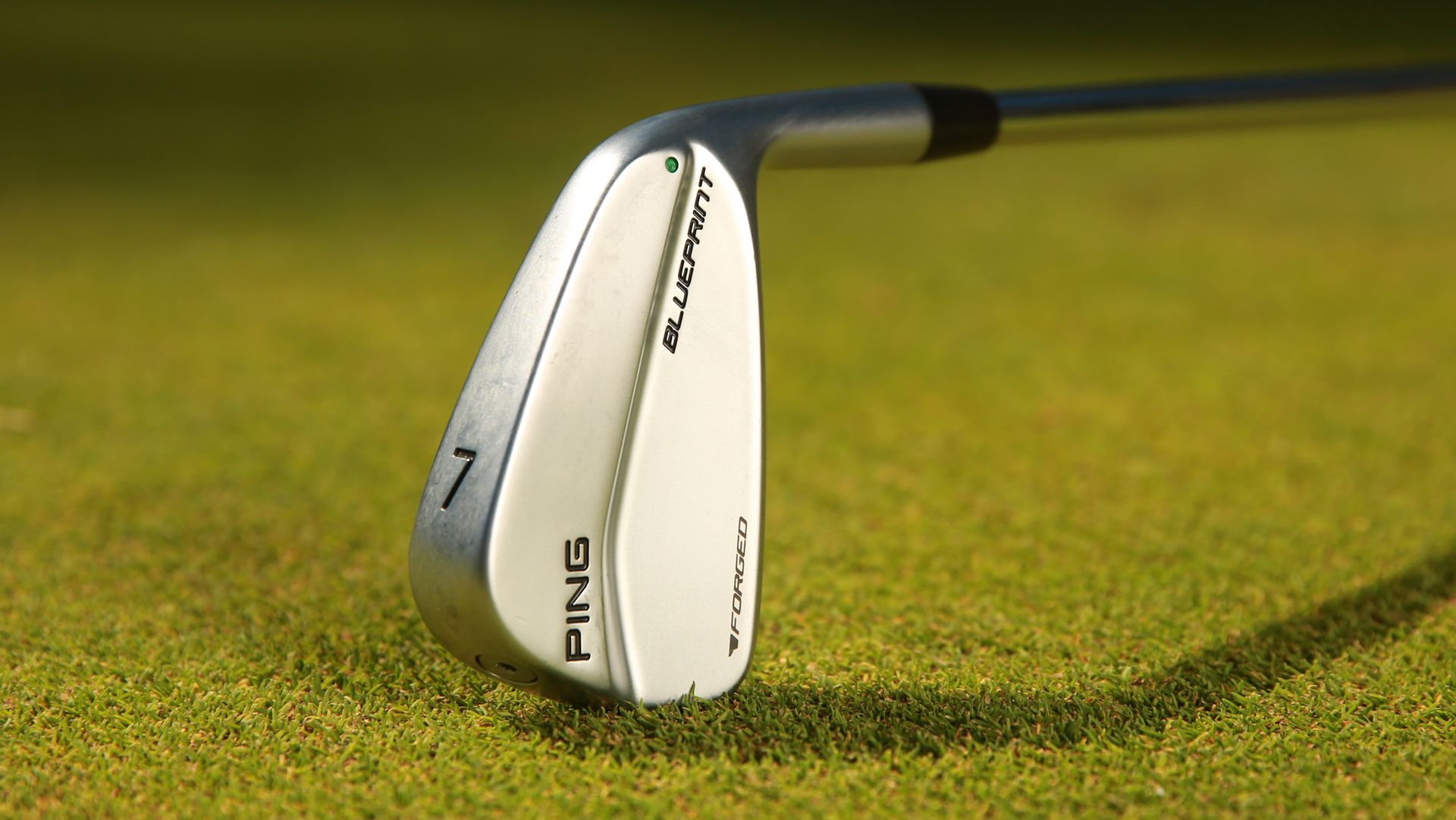
Reasons to buy
Reasons to avoid
The best golf blade irons are never for the faint hearted and the Blueprint fits into that idea too. It is a very attractive, blade-style iron that’s been fully forged from 8620 carbon steel. In fact, I think this might be Ping’s most aesthetically pleasing club.
With shorter blade length, less offset and narrower sole widths than any other Ping iron, this is really a club for the best ball strikers. The one-piece forging involved in constructing the Ping Blueprint makes for very tight tolerance control and that means maximum consistency when it comes to distance control. The machined tungsten toe screw weight and internal heel weight allow for precise swing weight tuning, while the hydropearl finish reduces glare on sunny days.
In testing I found, once you find a rhythm, even though the hitting area is relatively small, the results are pleasing and it’s extremely easy to shape the ball and manipulate flight. It’s a true blade that will suit the best players only, but for those seeking a great looking club and maximum workability, it’s well worth considering.
- Read our full Ping Blueprint Irons Review
Best blade
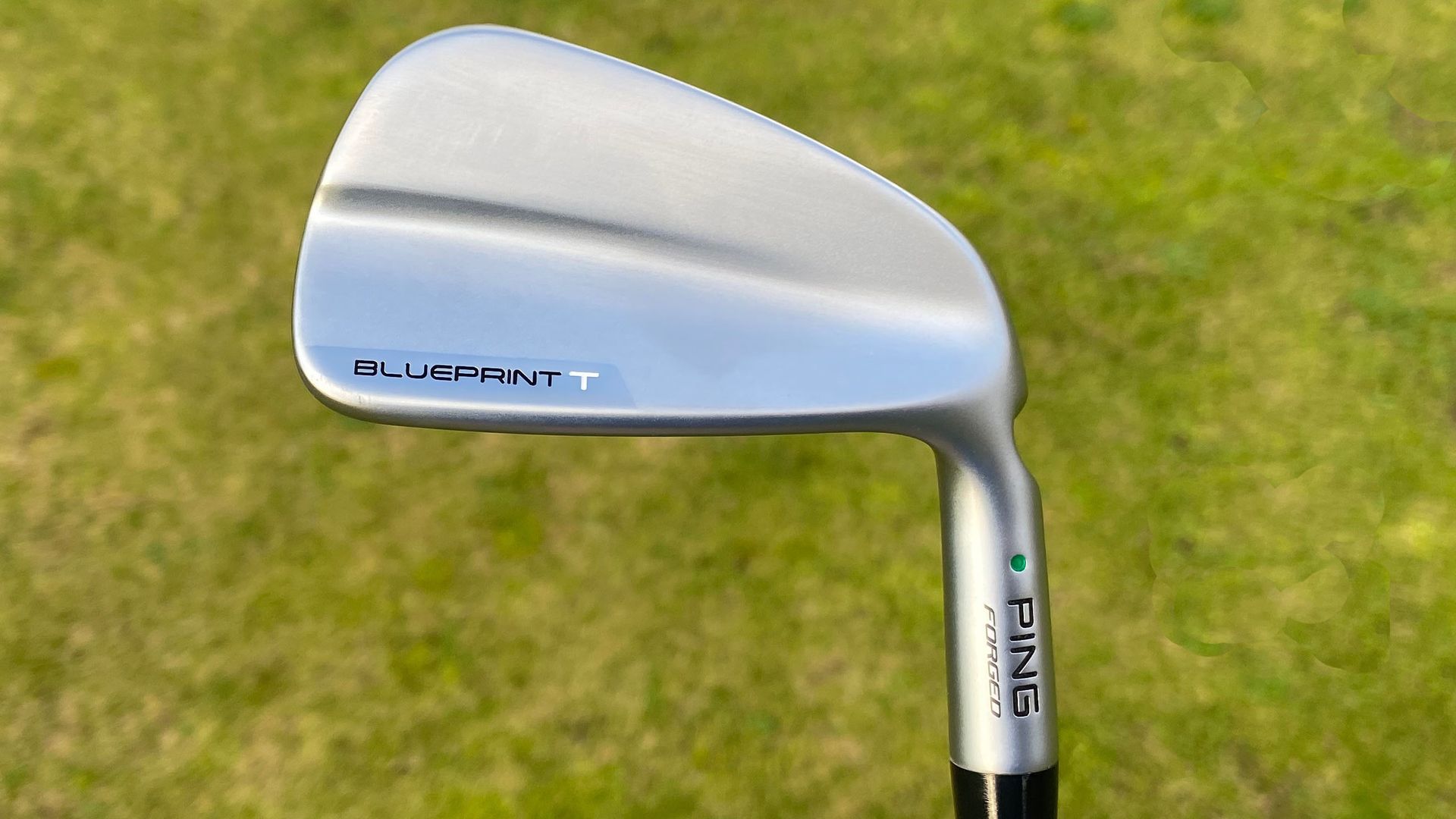
Reasons to buy
Reasons to avoid
First things first, this iron looks absolutely stunning. The minimalist appearance of the clubhead creates a wonderfully clean and unfussy aesthetic that really suits the eye. Nothing but a simple ‘Blueprint T’ stamping adorns the back of the club, which is finished in Ping's Hydropearl 2.0 chrome. In this case, less is absolutely more.
When you put the Blueprint T down behind the ball, as you would expect for irons that look to sit in the best golf blades category, the topline is razor thin. The overall dimensions of the head are very petite, but the new shorter heel-face height provides a great transition from hosel to head, which is something we are always on the lookout for in an iron. They frame the ball beautifully, but with minimal offset and the aforementioned top line, you quickly become very aware of the importance of a high-quality strike.
With regards to the feel of the club, it was everything we were hoping for. The reward for a solidly struck shot is a beautifully soft and deep impact feel that competes with any of the traditional category leaders in blade irons. A far cry from the lively spring of the modern day, hollow bodied players' distance irons, the ball seems to stay on the face for an age, providing unrivalled feedback.
- Read our full Ping Blueprint T Iron Review
Best for women

Reasons to buy
Reasons to avoid
The Ping G Le 3 iron is specifically designed with women golfers in mind, but it could also help male players with a slower than average swing speed. It’s a stylish looking club featuring a raft of technologies to deliver heightened consistency and distance.
Continuing the success of previous generations, the G Le3 is designed as an iron/hybrid combo solution, so golfers can create the ideal set makeup with optimal gapping. Although not obvious, compared with its predecessor, G Le2, these irons are lighter overall because the high-density heel and toe weights allow for light swing weights. We found them easy to swing, they’re nicely weighted, not too head heavy.
Additionally we found these irons to be very forgiving, whilst shots flew high and were generally pretty accurate with decent and consistent distance.
- Read our full Ping G Le 3 Irons review
How we test golf irons
Our testing and rating procedure for golf irons is built upon a comprehensive process combined with the knowledge and expertise of the Golf Monthly test team. As far as the specific procedure goes, before testing, the team will usually attend product launches and meet with the manufacturer's R&D experts to understand the new technology.
When it comes to testing, we often head indoors first to try the irons in a controlled environment. This usually takes place on an indoor simulator at Foresight Sports, with premium balls and the GCQuad launch monitor. Our outside testing normally takes place at West Hill Golf Club, a course with top-notch practice facilities.
We think it is vitally important to do both and continue to test the irons so they have been comprehensively put to the test in different conditions. It should also be mentioned that manufacturers cannot pay for a good review and we make our conclusions from the testing and our experiences. This is because we strive to give the best reviews possible so you can get a greater understanding of the irons themselves.
How to choose the best irons for you
As you have seen, the market for golf irons is crowded and confusing and being sure you're getting the most suitable iron for your game can be a minefield. Hopefully, this piece has given you an idea of what the best Ping options are out there right now, but here is some more advice to help you in your quest to find the best golf iron for your game in this crowded and dense marketplace.
1. Your Handicap And Ability
This is probably the most important first step: knowing which type of iron best suits your game. This is by no means gospel, but higher handicappers tend to use cavity back irons that offer maximum forgiveness in a larger iron head, while mid-low handicappers tend to use more bladed irons that are forged, offer more feel and control but less forgiveness.
You'll know how good or perhaps not so good your ball striking tends to be, so make sure you invest in a set of irons that matches where your game is out now, not where you'd ideally want it to be. We have great guides that go into more detail on this, so check out our guide on the best game improvement irons if you're a higher handicapper and our guide on the best irons for mid-handicappers.
2. Price
This will be a major factor in anyone's decision of what irons to go for. As you'll have seen in this list, the price can vary dramatically between irons. Typically, for a set of cavity back Ping irons - those that provide most distance and forgiveness - you'll be looking between $800-$900 for a set.
The price jumps quite significantly when looking at the forged and bladed options - up to and above $1000 - but this is par for the course and you'll be getting a high quality, premium product in return.
3. Custom Fit
This is probably the most essential part of the iron buying process, no matter the irons you're after or how good you are at the game. A custom fit session will make sure you get the right flex and length of shaft, correct lie angle and correct iron head for your game, meaning you'll finish with the best golf clubs that are as suitable as possible for you out on course.
Custom fits can be a daunting process if you're a true beginner or you aren't that confident hitting golf balls in front of people, but they're a vital part of the club buying process. We recommend having a shortlist of three or four iron heads you like the look of before entering a custom fit and then whittling them down to the best for your game during the custom fit process. Custom fits are provided by a number of golf retailers or club professionals at your local golf club.
FAQs
Which are the best Ping irons?
The Ping i525 iron arguably offers the best of everything - notably good distance with a solid feel and a hint of workability. This is alongside the Ping G430, which will offer a little more forgiveness because of its larger size and probably a slightly higher ball flight, although this will be player dependent. For the better player, you could make a case for the i230 being the best option.
Which Ping irons are the most forgiving?
The G710 is the most forgiving in the current Ping iron range, followed by the Ping G430, which offers similar levels of forgiveness but in a slightly smaller head.
Are Ping irons good for beginners?
Yes, absolutely. Ping is known for making some of the most forgiving irons on the market, which is an attribute beginner golfers look for. In the case of the G430 and G710 in particular, they are excellent options for the beginner golfer looking for as much help as possible.
From clubs, balls and tees, to essential sportswear and fitness products, keep it affordable with a little help from our promo and coupon codes.
Get the Golf Monthly Newsletter
Tips on how to play better, latest equipment reviews, interviews with the biggest names and more.

Joel has worked in the golf industry for over 12 years covering both instruction and more recently equipment. He now oversees all product content here at Golf Monthly, managing a team of talented and passionate writers and presenters in delivering the most thorough and accurate reviews, buying advice, comparisons and deals to help the reader find exactly what they are looking for. So whether it's the latest driver, irons, putter or laser rangefinder, Joel has his finger on the pulse keeping up to date with the latest releases in golf. He is also responsible for all content on irons and golf tech, including distance measuring devices and launch monitors.
One of his career highlights came when covering the 2012 Masters he got to play the sacred Augusta National course on the Monday after the tournament concluded, shooting a respectable 86 with just one par and four birdies. To date, his best ever round of golf is a 5-under 67 back in 2011. He currently plays his golf at Burghley Park Golf Club in Stamford, Lincs, with a handicap index of 3.2.
Joel's current What's In The Bag?
Driver: Titleist TSR3, 9°
Fairway wood: Titleist TSR3, 15°
Hybrid: Titleist TSi2, 18°
Irons: Ping i230 4-UW
Wedges: Titleist Vokey SM8, 54°. Titleist Vokey SM9 60° lob wedge, K Grind
Putter: Evnroll ER2V
Ball: 2023 Titleist Pro V1x
- Sam TremlettE-commerce Editor
-
 Who Is Lydia Ko's Caddie?
Who Is Lydia Ko's Caddie?Paul Cormack began caddying for Lydia Ko in the second half of 2023 – here’s what we know about him
By Mike Hall Published
-
 Another Nike Departure? Michael Block Seen Wearing New Shoes After Reported Good Good Deal
Another Nike Departure? Michael Block Seen Wearing New Shoes After Reported Good Good DealThe high-profile PGA club pro may have completely moved on from Nike after a video on social media appears to show him in a different brand's footwear
By Jonny Leighfield Published
